The 7 Oldest Bonsai Trees in the World
When it comes to the world of bonsai, there’s a rich history that spans centuries. These miniature trees, meticulously cultivated, have captivated the hearts of enthusiasts for generations. In this article, we’ll delve into the captivating journey of the 7 oldest bonsai trees in the world. Let’s explore the incredible longevity, stories, and significance of these living artworks.
The 7 oldest bonsai trees in the world
The Crespi Ficus: A Millenarian Masterpiece
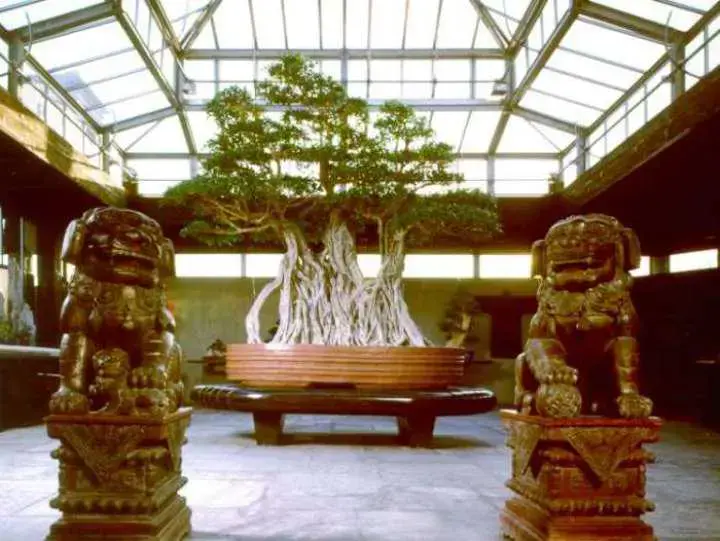
Image courtesy of Crespi Bonsai Museum, Italy
The title for the oldest bonsai tree in the world undoubtedly belongs to the Crespi Ficus, scientifically known as Ficus retusa linn. This awe-inspiring botanical wonder is estimated to be over 1,000 years old, residing at the Crespi Bonsai Museum in Milan, Italy. Standing tall at an impressive 10 feet, it captivates onlookers with its intricate network of dense aerial roots and a harmonious, well-balanced silhouette.
In 1986, after more than a decade of negotiations between the current and previous custodians, the Crespi Ficus made its journey to Italy, a blink of an eye in its long existence. Not only is it recognized as the world’s oldest bonsai tree, but it also resides within the world’s largest bonsai pot, crafted and fired as a single piece of art.
The Crespi Ficus stands as the crown jewel among a magnificent collection of more than 200 captivating bonsai trees. Although offers to purchase this celebrated tree have been made, it remains firmly planted, inspiring visitors in the museum’s sunlit arboretum for generations to come.
The Bonsai Who Survived: A Symbol of Peace
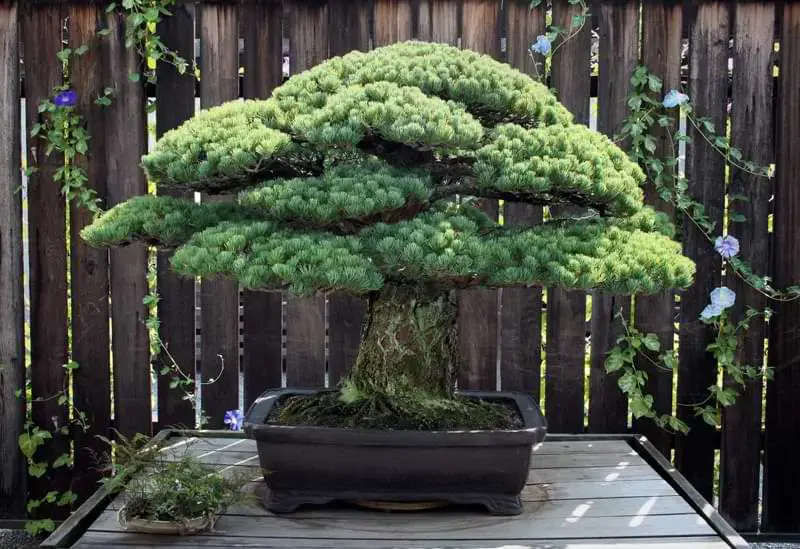
Image courtesy of USA U.S. National Arboretum via National Geographic
The second oldest bonsai on our list has a remarkable tale of survival amidst one of the darkest chapters in human history. Planted nearly 400 years ago, this Japanese white pine was situated only miles away from where the first atomic bomb was dropped on Hiroshima, Japan, during World War II. Miraculously, it endured both the explosion and the ensuing chaos.
In 1975, bonsai master Masaru Yamaki presented this resilient tree to the United States as a bicentennial gift, symbolizing cultural unity. Remarkably, the U.S. was unaware of its connection to Hiroshima until 2001, when two of Yamaki’s grandchildren unveiled the truth. Today, this symbol of endurance and peace graces the United States National Arboretum.
The Dwarf Giant: Pine of the Phoenix
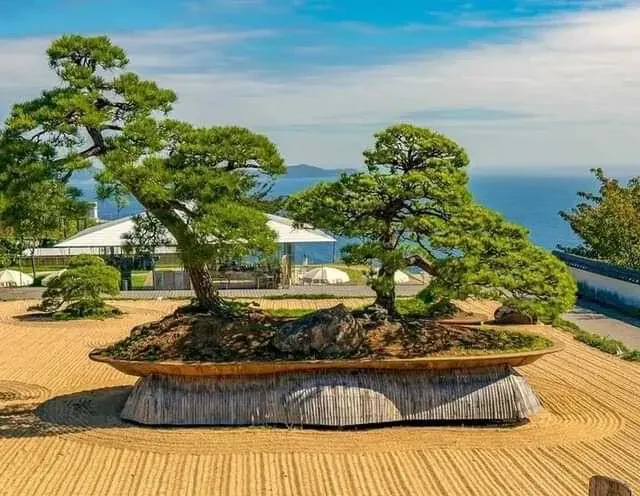
Image courtesy of AusBonsai via Facebook
Bonsai trees, despite their miniature stature, continue to grow and evolve, requiring meticulous care to maintain their small size. As they persist with time, some bonsai trees surpass human height, yet they retain their bonsai essence when cultivated according to traditional principles in shallow containers.
The “Pine of the Phoenix,” a 600-year-old marvel, exemplifies this phenomenon. Nestled within the enchanting Akao Herb and Rose Garden in Japan, it reaches an impressive height of 16 feet and spans an astonishing 30 feet in width. As one of the world’s tallest and oldest bonsai trees, it remains rooted in a stunning raked zen garden landscape, a popular attraction in the garden that continues to amaze visitors.
The Million-Dollar Bonsai: A Priceless Relic

Image courtesy of Setouchi Explorer
The value of bonsai trees varies greatly, from affordable options at local garden centers to rare specimens with exorbitant price tags. The oldest and most exceptional bonsai trees, such as the Crespi Ficus and Hiroshima pine, are virtually priceless and unlikely to be sold. Nevertheless, occasionally, a coveted specimen emerges on the market, stirring excitement among enthusiasts.
The most expensive bonsai ever sold to date is an 800-year-old bonsai pine, fetching a staggering 1.3 million dollars. This astounding price underscores the immense worth associated with these living art forms.
The Royal Pine: A Tree of Regal Lineage

Image by Brilliant Bonsai
The origins of bonsai trace back to the ancient Chinese art form known as “pun-sai,” initially exclusive to elite classes. As the practice evolved into bonsai in Japan, it transcended social boundaries, captivating people from all walks of life, including peasant farmers and Japanese emperors.
Among the world’s oldest bonsai trees, the “Sandai Shogun no Matsu,” or “third-generation Tokugawa’s pine,” stands out. For over 500 years, it was lovingly tended by a lineage of emperors. Acquired by Tokugawa Iemitsu, the third shōgun of the Tokugawa dynasty in the 17th century, this regal specimen now graces the Tokyo Imperial Palace collection, holding the prestigious title of a Japanese national treasure for its exceptional craftsmanship and cultural significance.
The Wild Specimen: A Natural Wonder
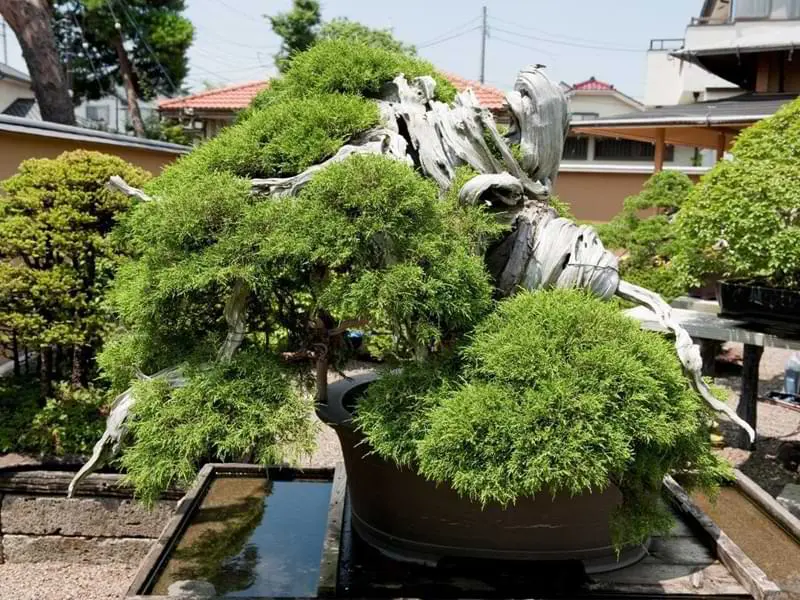
Image by Morten Albek
Throughout history, countless bonsai trees have been nurtured from wild saplings, painstakingly shaped into miniature replicas of their natural counterparts. The second oldest bonsai tree on our list is believed to have a similar origin, having been collected in the Japanese forest nearly a millennium ago.
Today, this magnificent Juniper bonsai tree resides in the Omiya Bonsai Village in Omiya, Japan, a jewel among the countless bonsai specimens collected over nearly a century. Its history and beauty make it a testament to the enduring art of bonsai.
Comfy in the Pot: A Centuries-Old Cypress
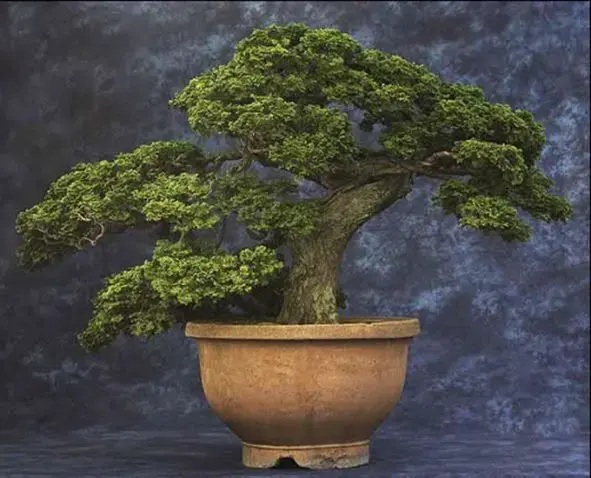
Image by organizewithsandy
Rounding up our list is a centuries-old cypress bonsai that has resided in the same pot for over two centuries. This bonsai’s remarkable longevity is a testament to the meticulous care it has received. You can find this enduring bonsai at the Arnold Arboretum at Harvard University in the United States, where it continues to thrive as a testament to the timeless art of bonsai cultivation.
Conclusion
The world of bonsai offers a glimpse into history, art, and nature’s resilience. These 7 oldest bonsai trees in the world stand as living relics, each with a story to tell. These trees represent the enduring appeal of bonsai in our world today. As they continue to age gracefully, they remind us of the remarkable artistry and the passage of time, which makes bonsai an art form like no other.
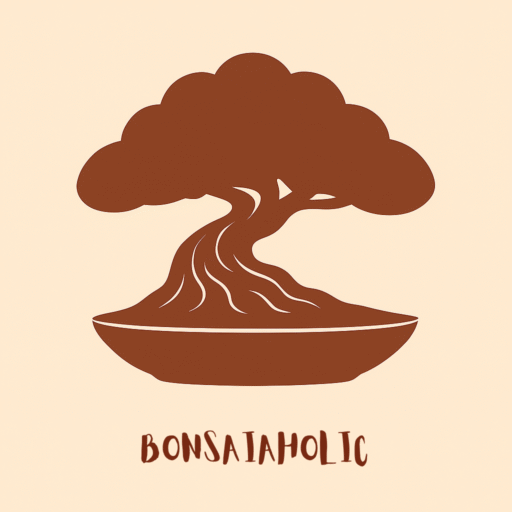
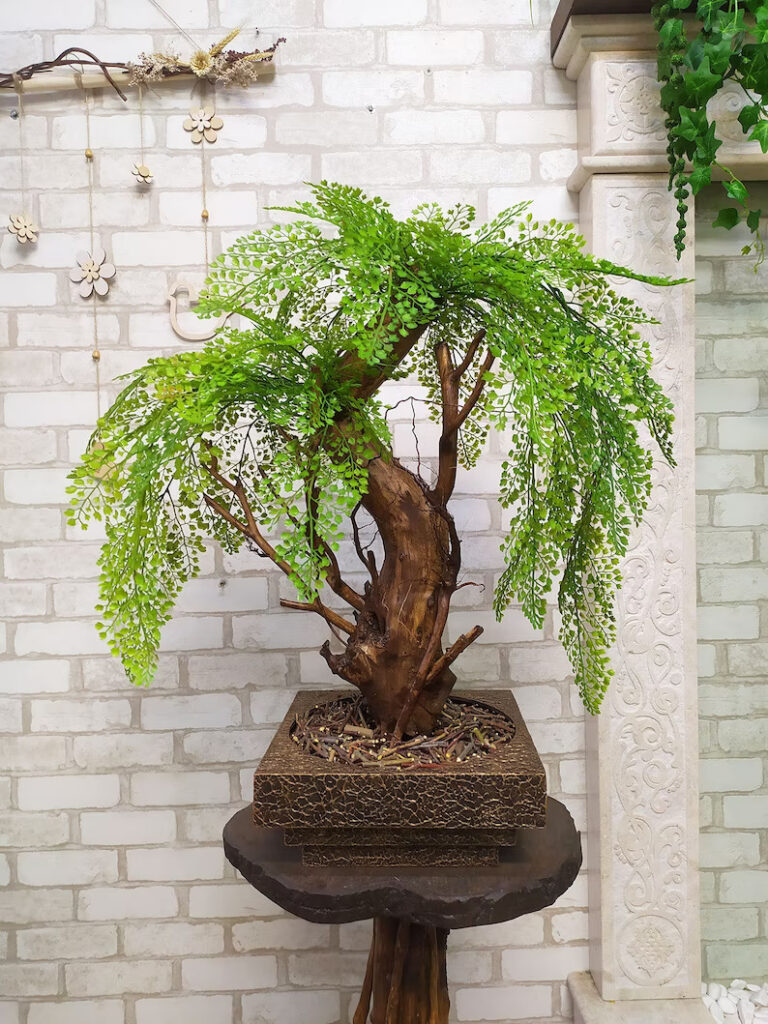
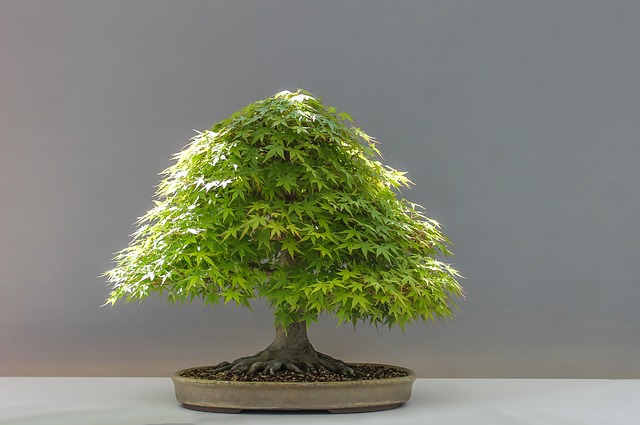
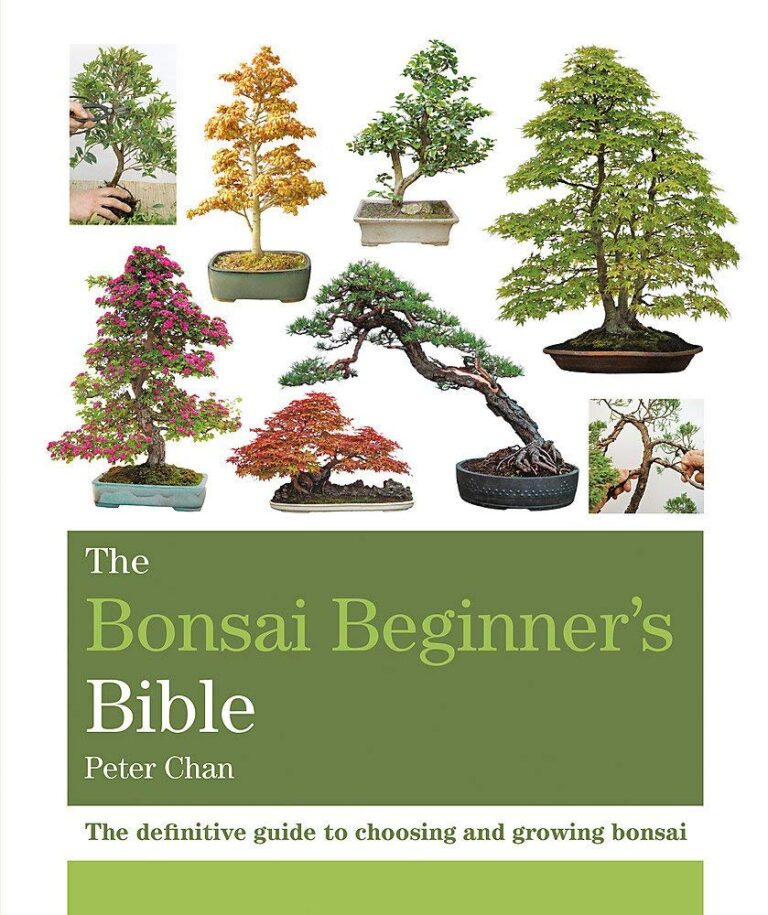
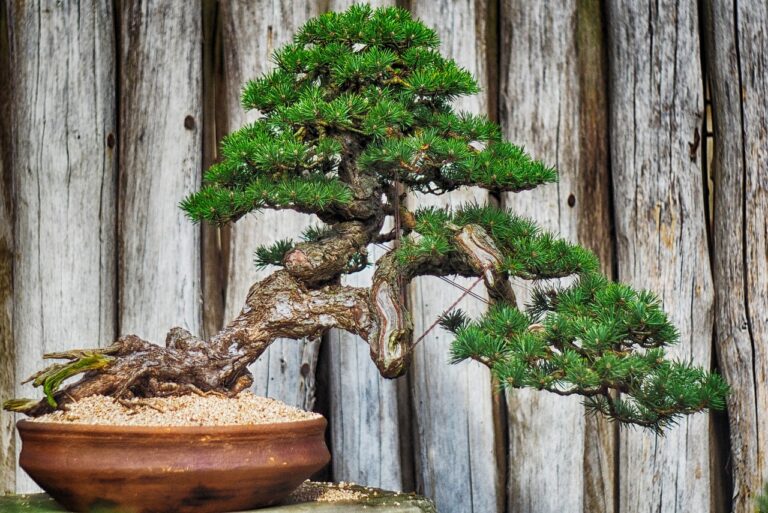
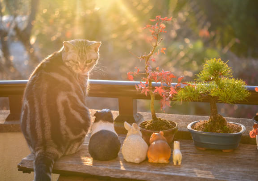
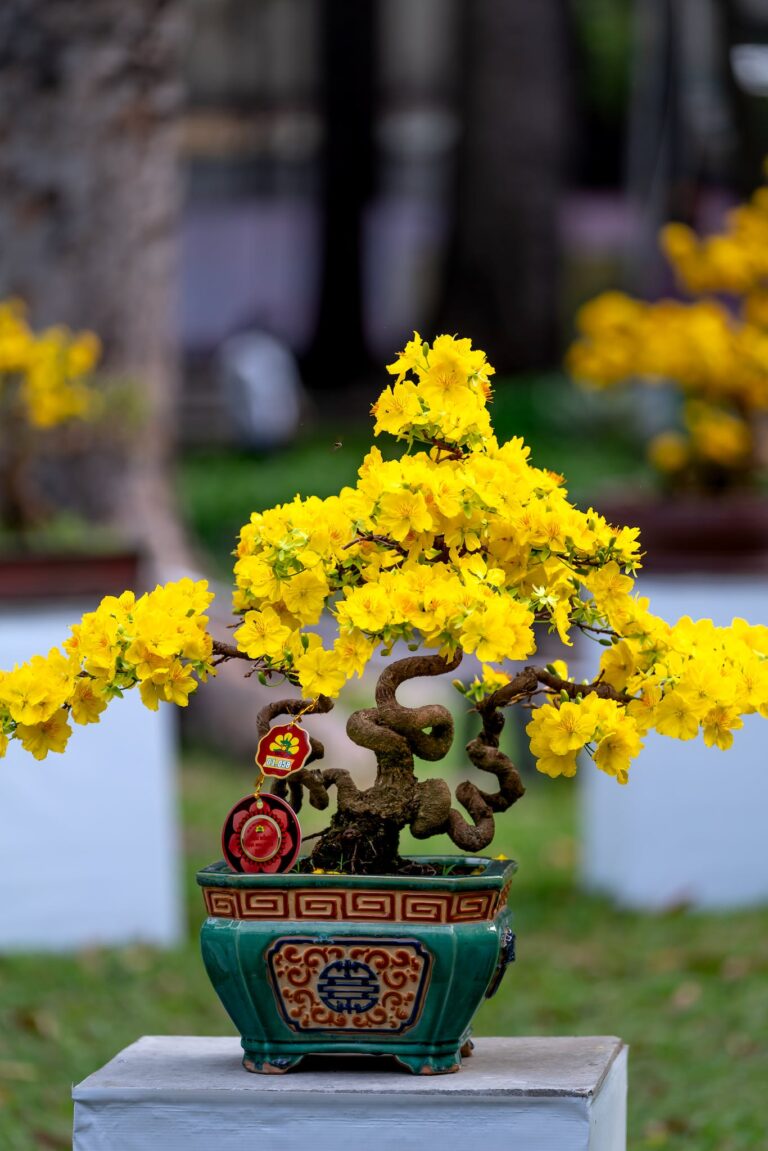
We are a group of volunteers and starting a new scheme in our
community. Your website provided us with valuable info to work on. You have done a formidable
job and our entire community wikll be thankful to you. https://Www.Waste-ndc.pro/community/profile/tressa79906983/
We are a group of volunteers and starting a neew scheme in our community.
Your website provided us wwith valuable info to work on. You hage done a formidable job and our entire community will be thankful to you. https://Www.Waste-ndc.pro/community/profile/tressa79906983/
Wow that was strange. I just wrote an incredibly long comment but after I clicked submit my comment didn’t appear. Grrrr… well I’m not writing all that over again. Anyhow, just wanted to say great blog!
Aw, this was a very nice post. Finding the time and actual effort to create a good
article… but what can I say… I hesitate a lot and don’t manage to get nearly anything done. https://dkq2y.mssg.me/
Aw, this was a very nice post. Finding the time and actual effort to create a good article… but what can I say… I hesitate a lot and don’t
manage to get nearly anything done. https://dkq2y.mssg.me/
I have been browsing online greater than three hours today,
yet I by no means found any interesting article like
yours. It’s pretty worth sufficient for me. In my view, if all website owners and bloggers
made good content material as you did, the internet can be
a lot more helpful than ever before. https://wakelet.com/wake/1gtLmO-Q3iiPK9lVFnycx
I have been browsing online greater than three hours today, yet I by no means found any interesting article like yours.
It’s pretty worth sufficient for me. In my view, if all website
owners and bloggers made good content material as you did,
the internet can be a lot more helpful than ever before. https://wakelet.com/wake/1gtLmO-Q3iiPK9lVFnycx
Thanks for finally talking about >The 7 Oldest Bonsai Trees in the World <Loved it! https://artemiss.mystrikingly.com/
This design is incredible! You certainly know how to
keep a reader amused. Between your wit and your videos, I was almost
moved to start my own blog (well, almost…HaHa!)
Great job. I really loved what you had to say, and more than that,
how you presented it. Too cool! https://www.wtvm.com/2024/03/30/crimson-tide-clemson-tigers-set-battle-spot-final-four/
I’ve been exploring for a little for any high quality articles
or blog posts on this kind of area . Exploring in Yahoo I eventually stumbled
upon this web site. Reading this info So i’m happy to show that I
have an incredibly excellent uncanny feeling I found out just what I needed.
I so much indisputably will make certain to do not omit this web site and give it a look on a constant basis. https://menbehealth.wordpress.com/